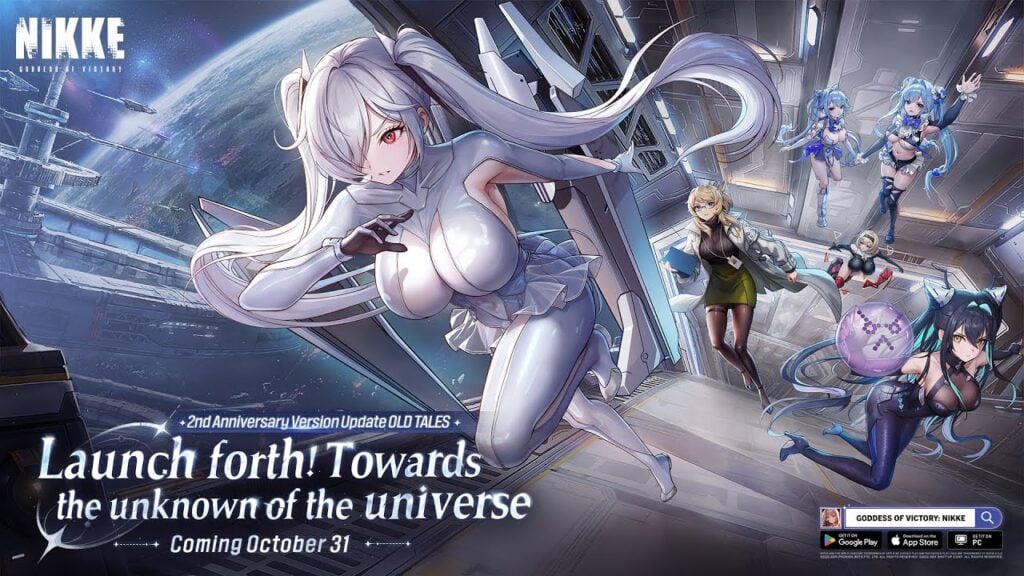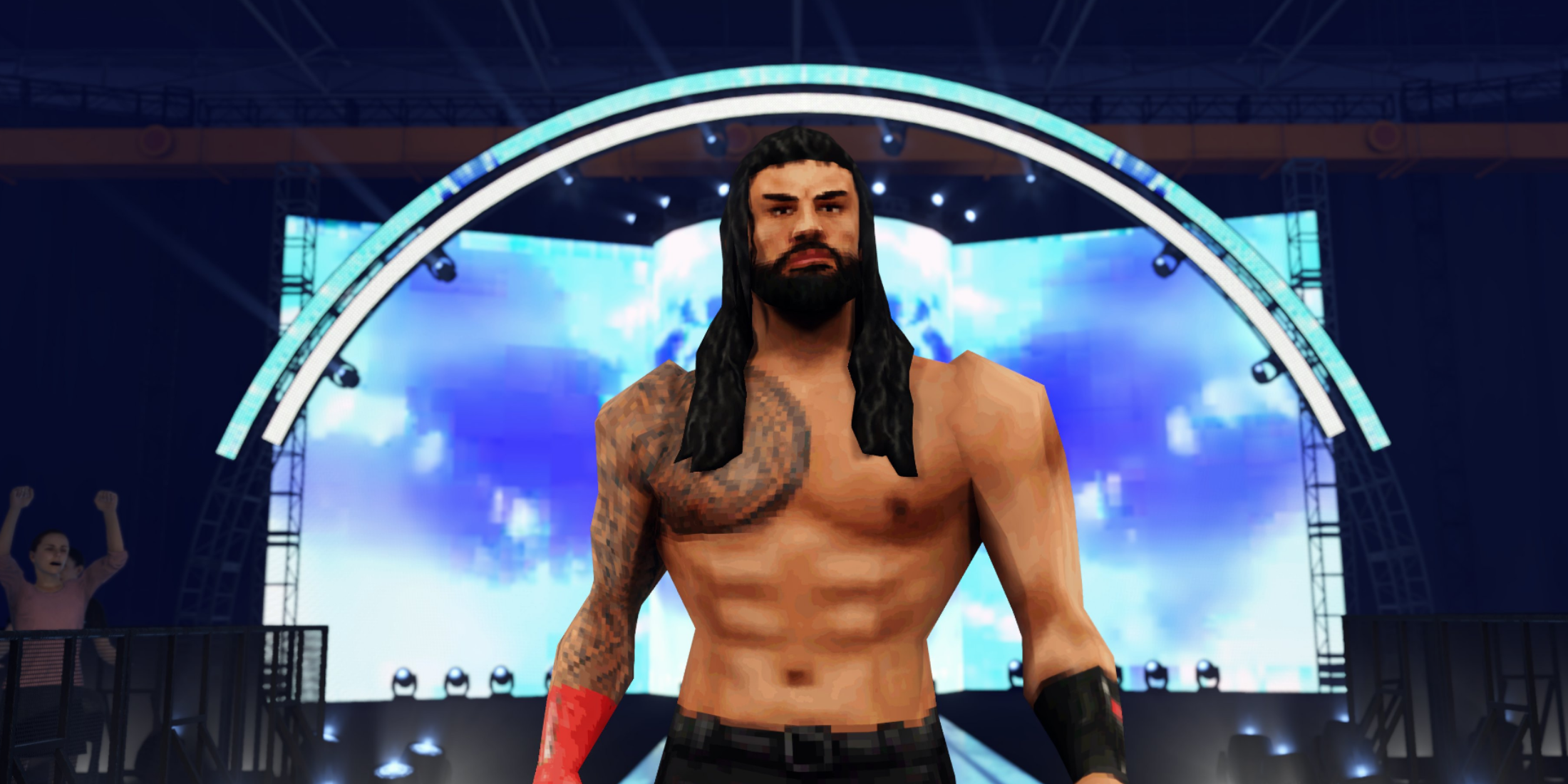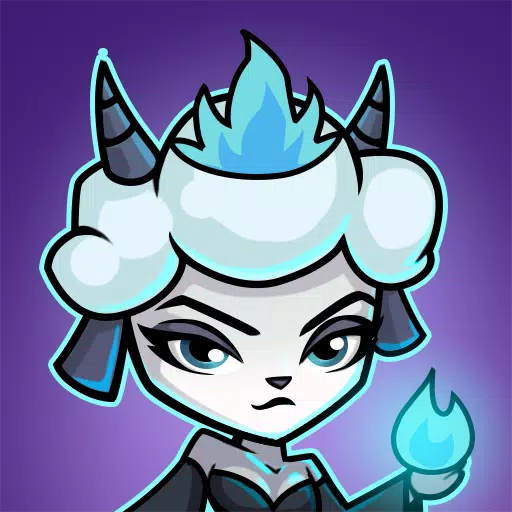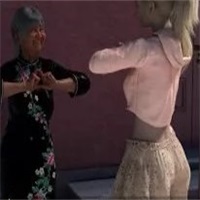Marvel's Golden Era: Was the 1980s the Best Decade?
The 1970s marked a period of significant transformation for Marvel Comics. Amidst the challenges, the decade introduced iconic narratives such as “The Night Gwen Stacy Died” and Doctor Strange's encounter with the divine. However, it was in the early 1980s that Marvel truly began to soar, with legendary creators delivering seminal work on their most renowned titles. This era saw Frank Miller redefining Daredevil, John Byrne revitalizing the Fantastic Four, David Michelinie's impactful Iron Man stories, and the peak of Chris Claremont's X-Men saga. Not far behind were Roger Stern's run on Amazing Spider-Man and Walt Simonson's Thor. These creators and their works are pivotal in understanding the enduring popularity of these characters today.
The 1980s can arguably be considered Marvel's golden age, a period that reshaped the comic book landscape. Join us as we delve into Part 7 of our exploration of Marvel's essential issues!
More Essential Marvel
- 1961-1963: The Birth of a Universe
- 1964-1965: The Sentinels Are Born and Cap Dethaws
- 1966-1969: How Galactus Changed Marvel Forever
- 1970-1973: The Night Gwen Stacy Died
- 1974-1976: The Punisher Begins His War on Crime
- 1977-1979: Star Wars Saves Marvel From Bankruptcy
- The Dark Phoenix Saga and Other All-Time X-Men Stories
Chris Claremont's defining work on the X-Men began in 1975, yet it was the early 1980s that birthed some of its most memorable tales. The Dark Phoenix Saga, spanning X-Men #129-137, stands as the quintessential X-Men narrative. This epic, co-plotted and illustrated by John Byrne, follows Jean Grey's transformation into the Dark Phoenix, a cosmic threat and one of the X-Men's fiercest foes. The saga not only introduced characters like Kitty Pryde (Shadowcat), Emma Frost, and Dazzler but also delivered one of the franchise's most poignant moments with Jean Grey's ultimate sacrifice. Despite numerous adaptations, including in films like X-Men: The Last Stand and Dark Phoenix, the story's emotional depth has been best captured in animated series such as X-Men: The Animated Series and Wolverine & the X-Men.
Following closely, Days of Future Past in X-Men #141-142 tackled the chilling reality of a Sentinel-dominated future. Kitty Pryde's time-travel mission to avert Senator Robert Kelly's assassination by Mystique's Brotherhood of Evil Mutants became a cornerstone of X-Men lore. This story's impact was felt in the 2014 film X-Men: Days of Future Past and served as a pivotal arc in Wolverine & the X-Men.
X-Men #150 further enriched the series with a pivotal moment where Magneto's near-fatal confrontation with the X-Men led him to reveal his Holocaust survivor backstory, shaping his complex character arc into a more nuanced figure.
 X-Men #150
X-Men #150
The First Appearances of Rogue, She-Hulk, and the New Mutants
The 1980s also heralded the debut of several iconic female characters. Rogue, initially a villain in Avengers Annual #10, became a beloved member of the X-Men. Her first appearance saw her absorbing Ms. Marvel's (Carol Danvers) powers, a defining moment for both characters. This issue also highlighted Carol's estrangement from the Avengers following traumatic events.
She-Hulk, introduced in Savage She-Hulk #1, was the final co-creation of Stan Lee during his initial Marvel stint. Jennifer Walters, cousin to Bruce Banner, received her powers via a life-saving blood transfusion. Although her solo series started modestly, She-Hulk's character flourished with the Avengers and Fantastic Four. Tatiana Maslany brought her to life in the MCU's She-Hulk series.
The New Mutants, Marvel's first X-Men spin-off, debuted in Marvel Graphic Novel #4 before securing their own series. The initial team, featuring young mutants like Cannonball and Sunspot, paved the way for future stories, notably with the addition of Magik in issue #15. Their legacy was later adapted into the 2020 New Mutants film, with Anya Taylor-Joy portraying Magik.
Iconic Storylines for Daredevil, Iron Man, and Captain America
Daredevil #168 marked a turning point for the character with Frank Miller's dual role as writer and artist. The introduction of Elektra and a gritty reimagining of Daredevil's world set the stage for a legendary run, culminating in Elektra's tragic death in issue #181. Miller's influence extended to the 2003 film and the 2015 Netflix series, inspiring the upcoming MCU show, Daredevil: Born Again.
Iron Man's Doomquest in issues #149-150 by David Michelinie and Bob Layton saw Tony Stark face Doctor Doom in a solo battle, catapulting them back to Arthurian times. This clash not only solidified Doom as a key adversary for Iron Man but also set the stage for future narratives involving Doom and Morgan le Fay.
Captain America's confrontation with Baron Blood in issues #253-254 by Roger Stern and John Byrne offered a darker narrative, showcasing Captain America's WWII roots and delivering gripping storytelling and artwork.
Moon Knight Becomes a Hero and Marvel Helps Create the G.I. Joe Mythology
Moon Knight's journey to heroism began with Moon Knight #1, solidifying the character's role in the Marvel Universe. Originally introduced as an antagonist in Werewolf by Night #32, this series fleshed out his backstory and introduced his alternate identities, Steven Grant and Jake Lockley.
While not owned by Marvel, the G.I. Joe franchise owes much of its mythos to the Marvel Comics series launched in 1982. Editor Archie Goodwin and writer Larry Hama crafted a rich tapestry of characters, from Scarlett to Snake Eyes, that resonated with readers, particularly women, due to the equal treatment of female characters. This series became one of Marvel's most popular in the mid-1980s, cementing Hama's and Marvel's significant contributions to the G.I. Joe legacy.
- 1 Zenless Zone Zero [ZZZ] Codes (December 2024) – 1.4 Livestream Codes Feb 08,2025
- 2 Capcom Spotlight February 2025 and Monster Hunter Wilds Showcase: Everything Announced Mar 05,2025
- 3 New LEGO Sets for March 2025: Bluey, Harry Potter, and More Mar 06,2025
- 4 Gothic 1 Remake Demo: Frame-by-Frame Comparison with Original May 01,2025
- 5 Blazing Conquest: Conquer Lords Mobile on Mac with BlueStacks Air Feb 21,2025
- 6 PUBG Mobile Redeem Codes for January 2025 Live Now Feb 13,2025
- 7 "Tower of God: New World Introduces Alphine and Kaiser" Jun 28,2025
- 8 Pokémon TCG Pocket Unveils Premium Pass and Trade Tokens Apr 21,2025
-
Best Racing Games to Play Now
A total of 10
-
Top Business Management Apps for Android
A total of 10
-
Best Competitive Multiplayer Games on Android
A total of 10

















![Business of Loving [v0.12.5i] [Dead End Draws]](https://imgs.96xs.com/uploads/18/1719555107667e5423ef803.jpg)












